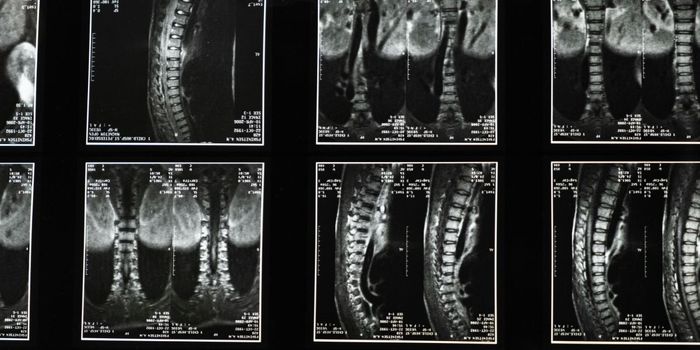Air Pollution Linked to Poor Learning and Memory in Children
Air pollution from ammonium nitrate is linked to poor learning and memory performance among 9-10 year olds. The corresponding study was published in Environmental Health Perspectives.
Studies suggest that fine particulate matter air pollution (PM2.5) and its constituents are associated with various neurodevelopmental outcomes. Until now, however, research has produced mixed results when examining the effects of air pollution on child and adolescent cognition. Moreover, few of these studies have examined the potential neurotoxic effects of PM2.5 exposure in late childhood and early adolescence.
In the current study, researchers investigated how mixtures and sources of PM2.5 relate to neurocognitive performance in 9-10 year old children in the US. To do so, they analyzed data from the Adolescent Brain Cognitive Development Study from 8 589 participants alongside annual concentration estimates of 15 chemical components of PM2.5 linked to child participants' residential addresses.
"Source-specific negative associations were identified between ammonium nitrates and learning and memory, traffic and executive function, and crustal and industrial mixtures and general cognitive ability. Unexpected positive associations were also seen between traffic and general ability as well as biomass burning and executive function," wrote the researchers in their paper.
"Our study highlights the need for more detailed research on particulate matter sources and chemical components. It suggests that understanding these nuances is crucial for informing air quality regulations and understanding long-term neurocognitive effects," said senior author of the study, Megan Herting, an associate professor of population and public health sciences at the Keck School of Medicine of the University of Southern California.
The study has some limitations. The researchers noted, for example, that their findings are based on annual average predictions assigned to residential addresses as opposed to measured concentrations of outdoor PM2.5. They added that the study did not assess exposure estimates for different locations where children may spend their time outside of home, including schools.
In future work, the researchers hope to examine how the observed mixtures and sources map onto individual differences in brain phenotypes throughout child and adolescent brain development.









